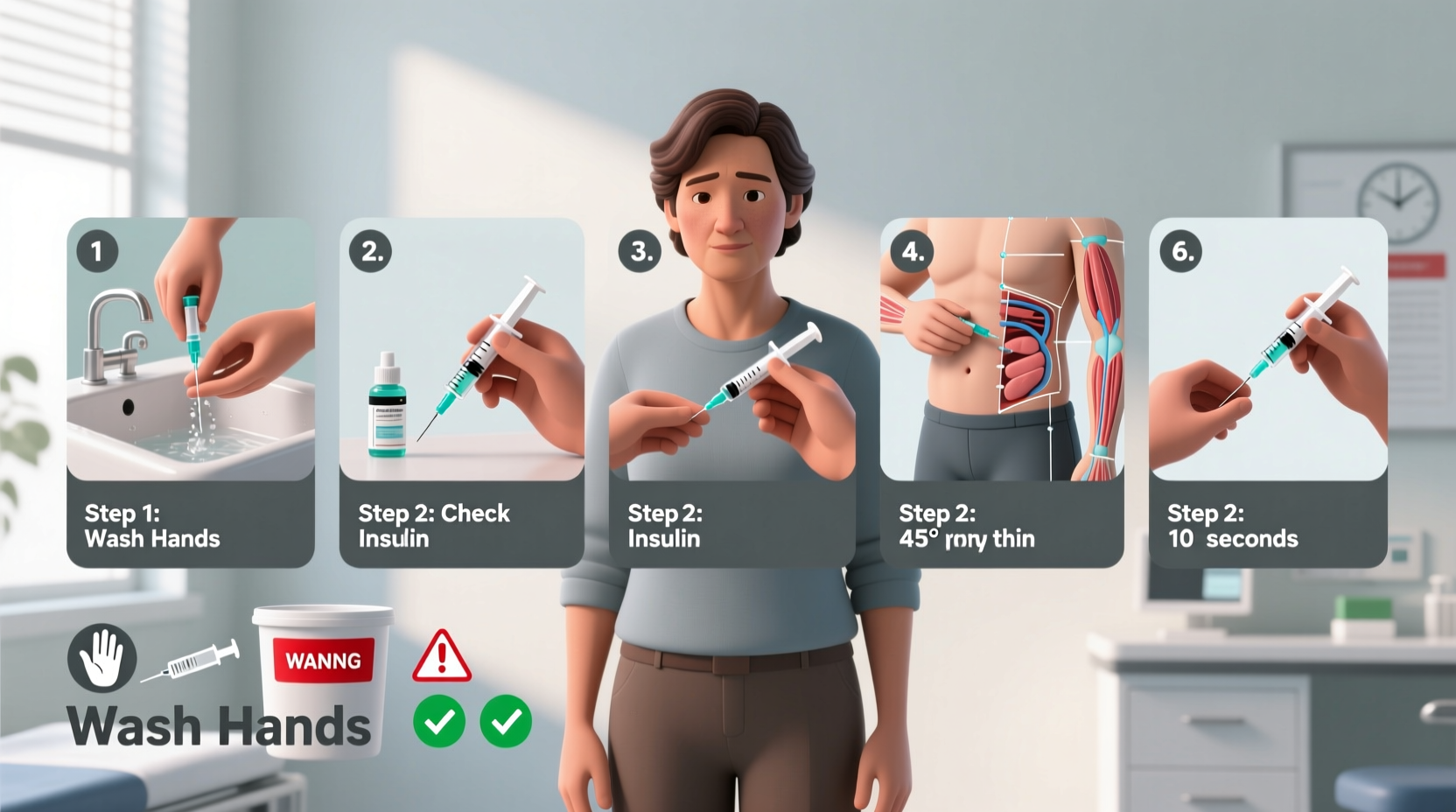For millions living with diabetes, insulin therapy is a cornerstone of daily management. Insulin pens have revolutionized treatment by offering a discreet, portable, and user-friendly alternative to traditional vials and syringes. Yet, even with their convenience, incorrect use can lead to inconsistent dosing, injection site complications, or reduced effectiveness. Mastering the proper technique ensures not only accurate delivery but also improved glycemic control and peace of mind.
Understanding Your Insulin Pen

Insulin pens come in two primary types: disposable prefilled pens and reusable pens that require cartridge replacement. Both deliver rapid-acting, long-acting, or premixed insulin formulations. Common brands include Lantus SoloStar, Humalog KwikPen, and NovoRapid FlexPen. Regardless of brand, all pens share core components: a dial for dose selection, a needle attachment point, and a plunger button.
Before using any pen, verify the insulin type and expiration date. Never use cloudy insulin if it’s supposed to be clear (e.g., long-acting insulins like glargine), and always roll—never shake—vials or cartridges when mixing suspensions like NPH.
Step-by-Step Guide to Safe Injection
Proper injection technique maximizes absorption and minimizes discomfort. Follow these steps carefully each time you administer insulin.
- Wash your hands thoroughly with soap and water to prevent infection.
- Check the insulin. Confirm it's the correct type and not expired. For mixed insulins, gently roll the pen between your palms 10 times to mix evenly.
- Attach a new needle. Remove both outer and inner caps from the needle. Screw it onto the pen tip firmly. This is a one-time-use component.
- Prime the pen. Dial 2 units, point the needle upward, and press the plunger until a drop appears. This clears air bubbles. Repeat if no drop forms after three attempts.
- Select the dose. Turn the dial to your prescribed units. Double-check the number displayed.
- Choose the injection site. Common areas include the abdomen (at least 2 inches from the navel), thighs, upper arms, or buttocks. Rotate sites to avoid lipohypertrophy.
- Clean the skin. Use an alcohol swab and let the area dry completely before injecting.
- Inject the insulin. Pinch a fold of skin (especially for thin individuals), insert the needle at a 90-degree angle (or 45 degrees if using a longer needle without pinch), then press the plunger slowly and fully.
- Count to 10. Keep the needle in place for at least 10 seconds after full depression to ensure complete delivery.
- Remove and dispose. Withdraw the needle, unscrew it, and place it in a sharps container. Never recap used needles.
“Consistency in technique reduces variability in insulin absorption. A missed prime or rushed injection can alter blood glucose outcomes.” — Dr. Lena Patel, Endocrinologist and Diabetes Educator
Avoiding Common Mistakes: Do’s and Don’ts
| Do’s | Don’ts |
|---|---|
| Always prime the pen before injecting | Never skip priming—even with a new pen |
| Rotate injection sites systematically | Don’t reuse needles or inject into scarred/lumpy areas |
| Store unopened pens in the refrigerator | Don’t freeze insulin or expose it to direct sunlight |
| Use a fresh needle every time | Don’t share pens or needles, even with family |
| Keep a log of doses and blood sugar readings | Don’t ignore signs of poor absorption like erratic glucose levels |
Real-World Example: Maria’s Routine Adjustment
Maria, a 58-year-old with type 2 diabetes, struggled with unpredictable morning glucose levels despite consistent eating habits. Her endocrinologist reviewed her logs and noticed she often skipped priming her insulin pen to “save time.” After switching to a routine that included proper priming and rotating her abdominal injection sites clockwise weekly, her fasting glucose stabilized within two weeks. She also began storing her active pen in a room-temperature drawer instead of her car’s glove compartment, avoiding heat degradation.
This small shift in adherence made a measurable difference—not through medication change, but through mastery of delivery.
Storage and Maintenance Best Practices
Insulin is a delicate hormone sensitive to temperature extremes. Unopened pens should be refrigerated between 36°F and 46°F (2°C–8°C) until first use. Once opened, most pens remain stable at room temperature (below 86°F or 30°C) for up to 28 days, depending on the formulation.
Never store a loaded pen with the needle attached—this can introduce air into the cartridge or cause leakage. Also, avoid placing pens in bathrooms due to humidity fluctuations.
Frequently Asked Questions
Can I travel with my insulin pen?
Yes, but keep it in your carry-on luggage, never checked baggage. Temperature changes and pressure shifts in cargo holds can damage insulin. Use an insulated travel case if flying or driving in extreme climates.
What should I do if I see air bubbles in the pen?
Small bubbles are normal, but large ones may affect dose accuracy. Always prime before injecting. If persistent, gently tap the pen to move bubbles to the top and re-prime until a steady stream appears.
How do I know if my injection site is compromised?
Lipohypertrophy—thickened, rubbery tissue from repeated injections—can delay insulin absorption. Regularly examine and palpate your sites. Rotate systematically and avoid areas with visible lumps or indentations.
Final Checklist Before Every Injection
- ✅ Washed hands
- ✅ Verified insulin type and expiration
- ✅ Mixed insulin properly (if required)
- ✅ Attached a new needle
- ✅ Primed the pen successfully
- ✅ Selected the correct dose
- ✅ Chose a clean, rotated injection site
- ✅ Used alcohol swab and allowed drying
- ✅ Injected at correct angle and counted to 10
- ✅ Disposed of needle safely
Take Control of Your Diabetes Management
Mastering insulin pen injection isn’t just about following steps—it’s about building confidence in your daily routine. Each precise action contributes to better glucose control, fewer complications, and greater independence. Whether you're newly diagnosed or refining long-standing habits, attention to detail makes all the difference.









 浙公网安备
33010002000092号
浙公网安备
33010002000092号 浙B2-20120091-4
浙B2-20120091-4
Comments
No comments yet. Why don't you start the discussion?